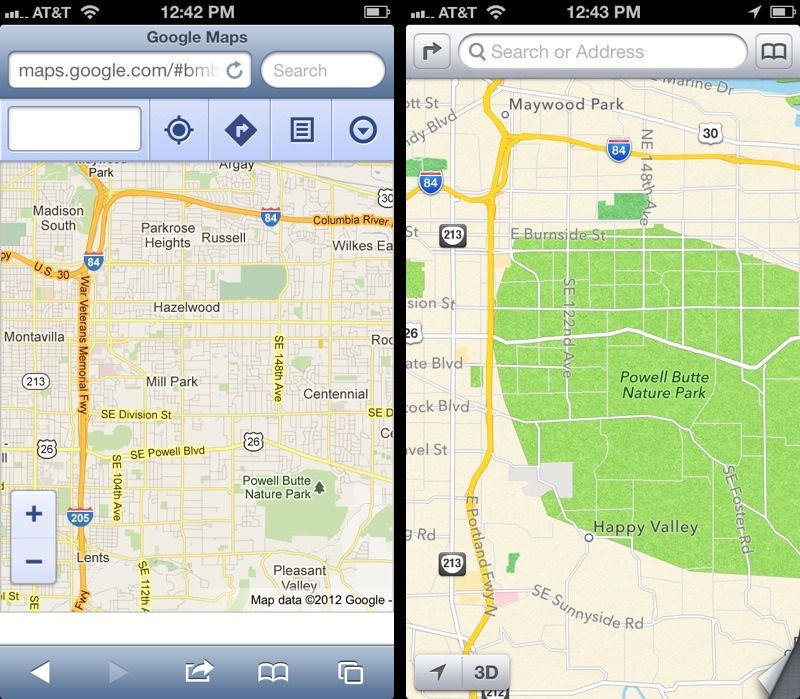User-Centered Innovation
Posted in 2012 The Gnovis Blog | Tagged Amazon, apple, Innovation, iphone, iphone 5, iphone maps, Kindle, social construction of technology, social constructivism, technology, user

Several announcements in the technology realm recently have emphasized how strongly consumers can influence both perceptions of products and products themselves. This demonstrates that society often has high expectations, and we are increasingly vocal when we feel let down by new technologies. Innovators must keep many things in mind when attempting to create something new, the most important being the problem they are trying to solve and the audience they are solving it for. If a user does not request a change or want a problem solved in the first place, it is likely that an invention will fail quickly. The Social Construction of Technology theory takes into account the influences different groups can have on an innovation as it is being created and brought to the public. Users of a technology can change its shape, features, or even primary use, and as the internet has facilitated increased feedback on technology, companies must take user’s opinions into account even more.
Although companies may be secretive about new products, they often create products or updates as responses to customer complaints. There are many blogs and websites dedicated to assessing the usability of technologies, and they are valuable resources for innovators who may be hindered by their own narrow focus when developing products. In addition to providing feedback to companies on technologies, users can also innovate themselves by combining technologies in ways companies might not expect—home improvement is one area where online users are constantly giving each other advice on how to best fix something, or what tool is most useful for a specific project. In the technology realm, two recent, high-profile announcements come to mind when discussing the importance of the user in technology: the new Amazon Kindle Paperwhite, and Apple’s new operating system, iOS6.
The Amazon Kindle e-reader has been successful for several years now, and its only real competitor is the Barnes and Noble Nook e-reader, which released a new self-illuminated version several months ago. Both the new Kindle and the Nook are improvements on older products, and the improvements seem to be directly related to consumer demand for an e-reader that can be read in the dark. I personally had been toying with the idea of buying a Kindle when I saw that a new version was about to be released, and having a backlight, rather than users needing a bedside light or an attached reading light, is what made me purchase one. I did not directly request this change, but user feedback on the product was undoubtedly one of the reasons both Amazon and Barnes and Noble introduced an improved version.

An example of Apple’s new Maps, on the right, compared to the old Google Maps, on the left.
Another example is Apple’s newly released operating system for the iPhone, iOS6, whose main feature is a drastic overhaul of the maps system. The new Maps application has been criticized by users and professional reviewers for its slow and incomplete system. The backlash on this update became so apparent that the CEO of Apple was forced to release a letter to customers apologizing. Although the system was designed to give users things they wanted, such as turn-by-turn directions, it instead completely replaced the previous, easy to use maps system was already familiar to users. In his letter to the public, CEO Tim Cook acknowledged the value of input from consumers into the product, saying that “The more our customers use our Maps the better it will get and we greatly appreciate all of the feedback we have received from you” (Apple.com). Apple perhaps would have been more successful if they had asked users what they liked most about the old system, rather than what what was missing. From these examples it is clear that social constructivism is still very relevant today, and perhaps even more so than it was in the past, as the internet provides the average user with many platforms to voice their complaints.
Top image: author’s own, pictures from Amazon and Apple.
Bottom image: http://theamazingios6maps.tumblr.com/
